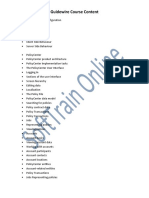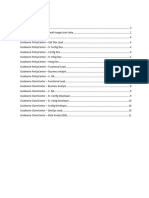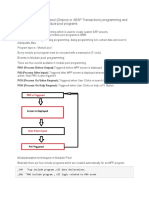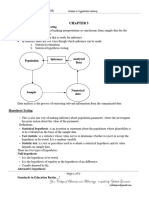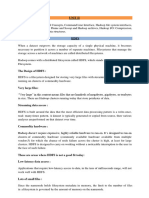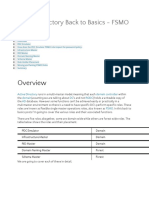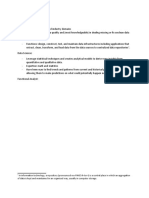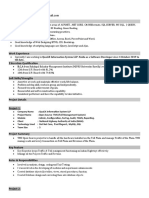0% found this document useful (0 votes)
87 views11 pagesGuidewire Interview Questions
The document is a comprehensive guide for a mock interview tailored for the Guidewire PolicyCenter Developer role, consisting of 20 advanced questions categorized into Product Model & Configuration, Rating & Rules, Integrations & PCF Customization, and Problem Solving & Troubleshooting. Each question is accompanied by detailed answers to aid in effective rehearsal. The document also offers the option for a timed mock interview simulation to enhance preparation.
Uploaded by
Satish KushwahCopyright
© © All Rights Reserved
We take content rights seriously. If you suspect this is your content, claim it here.
Available Formats
Download as DOCX, PDF, TXT or read online on Scribd
0% found this document useful (0 votes)
87 views11 pagesGuidewire Interview Questions
The document is a comprehensive guide for a mock interview tailored for the Guidewire PolicyCenter Developer role, consisting of 20 advanced questions categorized into Product Model & Configuration, Rating & Rules, Integrations & PCF Customization, and Problem Solving & Troubleshooting. Each question is accompanied by detailed answers to aid in effective rehearsal. The document also offers the option for a timed mock interview simulation to enhance preparation.
Uploaded by
Satish KushwahCopyright
© © All Rights Reserved
We take content rights seriously. If you suspect this is your content, claim it here.
Available Formats
Download as DOCX, PDF, TXT or read online on Scribd
/ 11


























